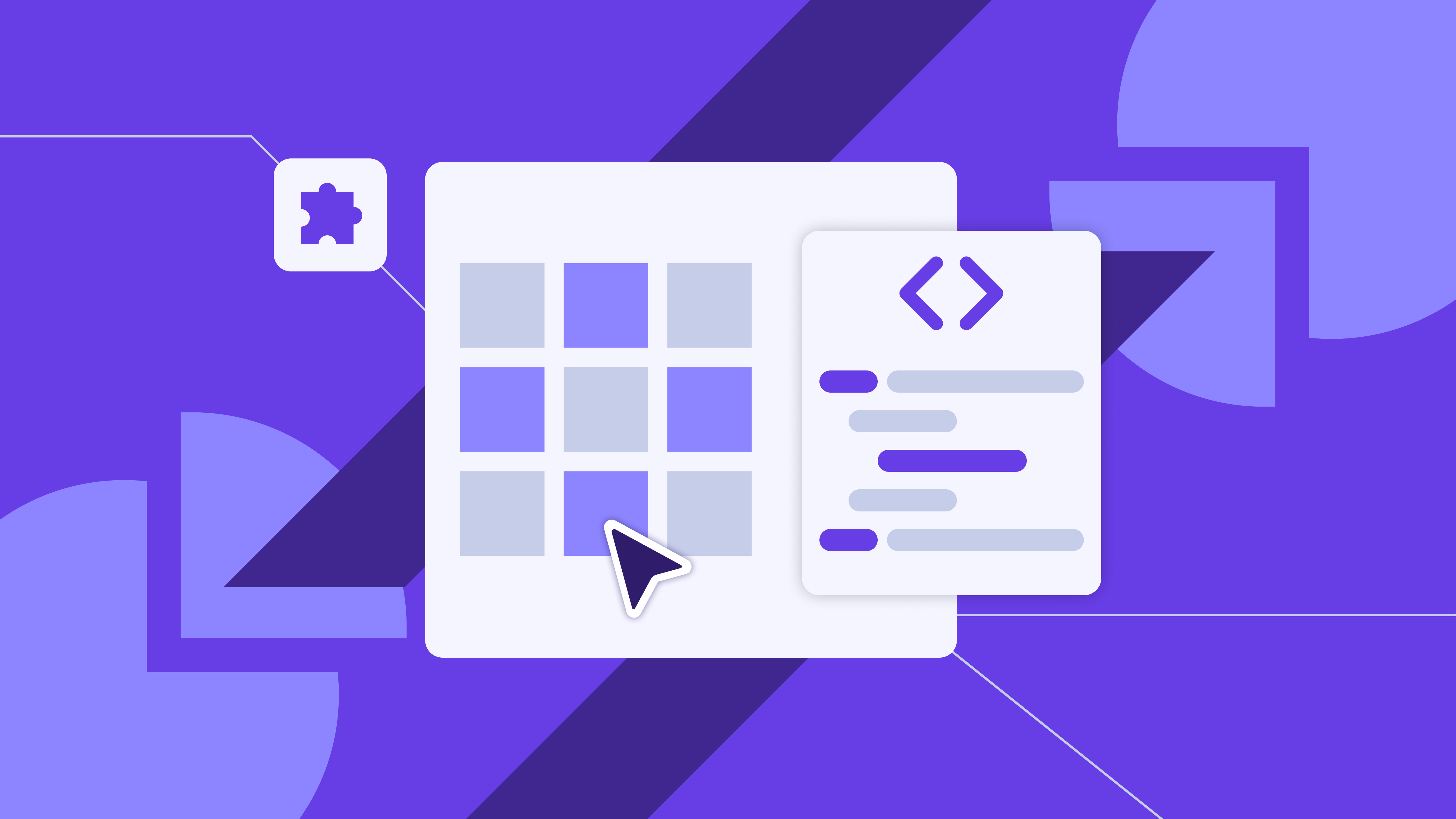The demand for software applications has never been higher. Businesses across industries from healthcare to fintech are racing to digitize operations, enhance customer experiences, and innovate at scale. Yet, traditional software development often struggles to keep pace with these demands due to resource constraints, skill gaps, and lengthy production cycles.
In 2025, low-code and no-code platforms have emerged as a transformative force in application development solutions, enabling faster delivery without compromising quality. By reducing the need for manual coding and empowering a broader range of professionals to build applications, these solutions are reshaping the development landscape.
What Are Low-Code and No-Code Platforms?
Low-code platforms provide a visual development environment where developers can design applications using drag-and-drop interfaces, pre-built templates, and minimal coding.
No-code platforms, on the other hand, remove coding entirely, allowing business users (or “citizen developers”) to create apps through intuitive, GUI-based workflows.
The goal of both approaches is simple: streamline the app creation process while maintaining flexibility and scalability.
Why 2025 Is the Breakthrough Year
Several factors have propelled low-code and no-code solutions into the mainstream:
-
Post-Pandemic Digital Transformation – Businesses continue to accelerate digitization initiatives.
-
Talent Shortages – Skilled developers remain in high demand, prompting companies to seek alternatives.
-
AI Integration – Modern platforms now embed AI for code suggestions, automated testing, and UX optimization.
-
Enterprise-Grade Security – New compliance features have made these platforms more suitable for sensitive industries.
Benefits of Low-Code and No-Code in Application Development Solutions
| Benefit | Impact |
| Speed to Market | Reduce development time from months to weeks or even days. |
| Lower Costs | Fewer specialized developers required, reducing labor costs. |
| Empowers Non-Technical Teams | Business users can create functional prototypes without IT bottlenecks. |
| Greater Agility | Rapid iteration and updates in response to market changes. |
| Integration Capabilities | Easily connect with APIs, databases, and enterprise tools. |
Use Cases in 2025
1. MVP Development
Startups use low-code tools to launch minimum viable products quickly, validate ideas, and pivot faster.
2. Internal Business Applications
Companies build custom CRM, HR, and workflow automation tools without waiting for IT backlogs.
3. Customer-Facing Portals
E-commerce, banking, and healthcare platforms use low-code for secure, scalable web and mobile interfaces.
4. Process Automation
No-code platforms integrate with RPA (Robotic Process Automation) to eliminate manual tasks.
How AI Is Supercharging Low-Code and No-Code Platforms
In 2025, AI isn’t just an add-on it’s embedded in the DNA of modern application development solutions.
-
Automated Code Generation – AI can convert natural language prompts into functional code snippets.
-
Predictive UX Design – Machine learning suggests layouts based on user behavior data.
-
Smart Testing – AI runs simulations to identify bugs before deployment.
-
Adaptive Security – AI continuously monitors for vulnerabilities and compliance risks.
Challenges and Considerations
While the benefits are clear, there are strategic considerations to address:
-
Complex Applications Still Require Coding – Low-code/no-code works best for 70–80% of app needs; the rest may need custom development.
-
Platform Lock-In – Migrating away from a specific vendor can be challenging.
-
Governance – Without proper oversight, “app sprawl” can occur.
Best Practices for Implementing Low-Code and No-Code Solutions
-
Start with a Clear Use Case – Identify processes or applications that can deliver immediate ROI.
-
Involve IT Early – Ensure technical validation and security from the start.
-
Train Citizen Developers – Offer basic app design and compliance training.
-
Integrate with Existing Systems – Choose platforms that align with your current tech stack.
-
Plan for Scalability – Design with future growth in mind.
The Future of Application Development Solutions
By 2030, analysts predict that over 70% of new business applications will be built with low-code or no-code platforms. The future will likely feature AI-assisted, voice-command-driven app development, real-time collaboration between human developers and AI, and fully automated deployment pipelines.
Companies that embrace these tools now will enjoy significant competitive advantages — faster innovation cycles, reduced costs, and the ability to respond to market changes in real-time.
Conclusion
In 2025, low-code and no-code platforms are no longer experimental — they are essential components of modern application development solutions. Whether you’re a startup looking to launch quickly, or an enterprise aiming to empower business units, these tools offer the speed, flexibility, and scalability needed to thrive in a fast-changing digital world.
The organizations that master this approach will not only accelerate app delivery but also unlock new levels of innovation.
FAQs About Low-Code and No-Code Solutions
1. Are low-code and no-code platforms secure enough for enterprise applications?
Yes, many modern platforms comply with enterprise-grade security standards, but it’s important to verify certifications like ISO, SOC 2, or HIPAA depending on your industry.
2. Can low-code platforms handle complex applications?
They can handle most business applications, but highly complex systems may require custom coding.
3. How do low-code and no-code differ?
Low-code requires minimal coding and suits professional developers, while no-code allows non-technical users to build apps visually.
4. Will low-code replace traditional development?
Not entirely it will complement it, handling simpler or mid-complexity apps while developers focus on specialized projects.
5. How can my company get started?
Begin with a small, high-impact project, involve IT for governance, and choose a platform that integrates well with your current systems.
